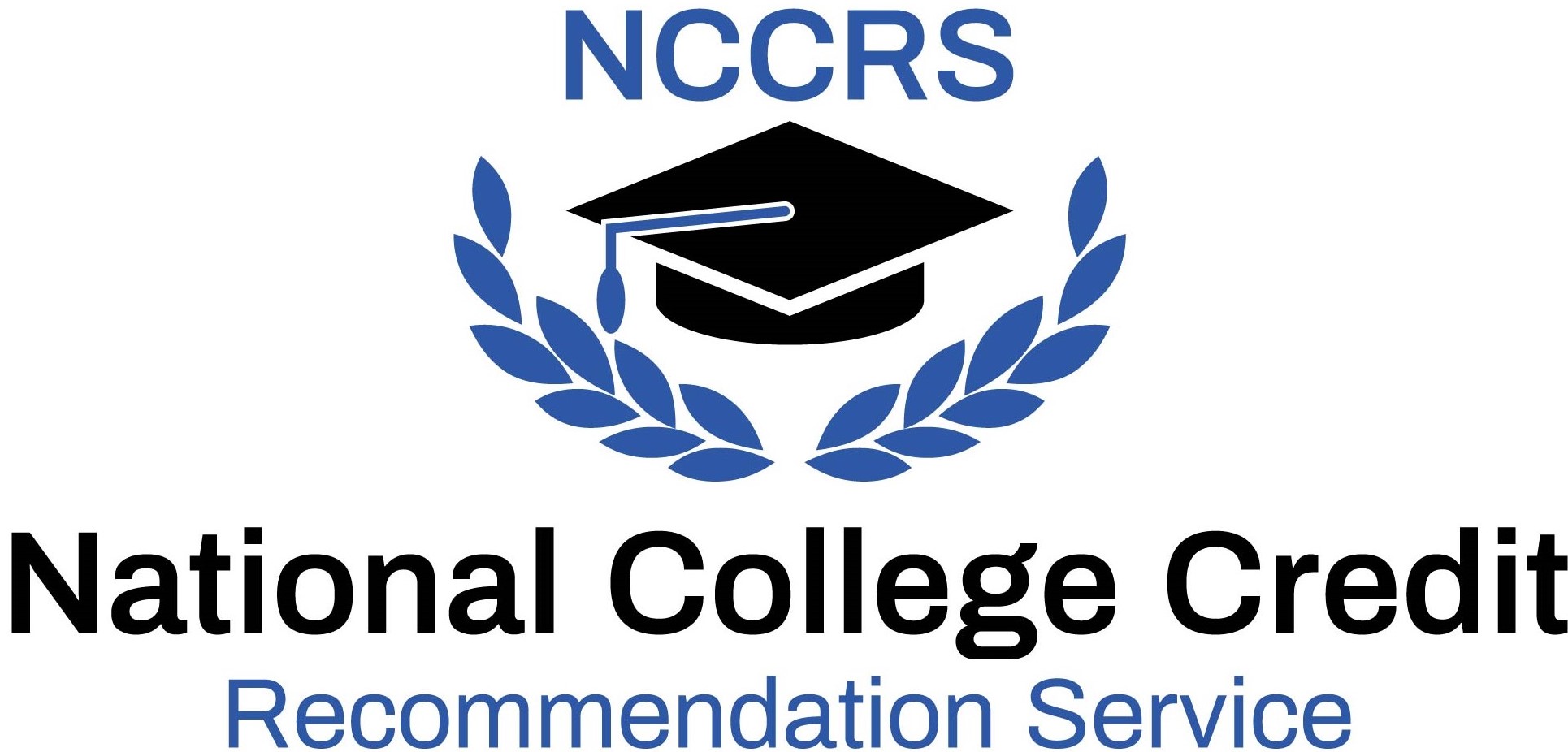Length: Approximately 19 hours of structured independent study.
Dates:
Objectives:
Instruction:
Credit recommendation:
Length: Approximately 18 hours of structured independent study.
Dates:
Objectives:
Instruction:
Credit recommendation:
Length: Approximately 14 hours of structured independent study.
Dates:
Objectives:
Instruction:
Credit recommendation:
Length: Approximately 15 hours of structured independent study.
Dates:
Objectives:
Instruction:
Credit recommendation:
Length: Approximately 15 hours of structured independent study.
Dates:
Objectives:
Instruction:
Credit recommendation:
Length: Approximately 18 hours of structured independent study.
Dates:
Objectives:
Instruction:
Credit recommendation:
Length: Approximately 19 hours of structured independent study.
Dates:
Objectives:
Instruction:
Credit recommendation:
Length: Approximately 16 hours of structured independent study.
Dates:
Objectives:
Instruction:
Credit recommendation:
Length: Approximately 18 hours of structured independent study.
Dates:
Objectives:
Instruction:
Credit recommendation:
Length: Approximately 17 hours of structured independent study.
Dates:
Objectives:
Instruction:
Credit recommendation:



